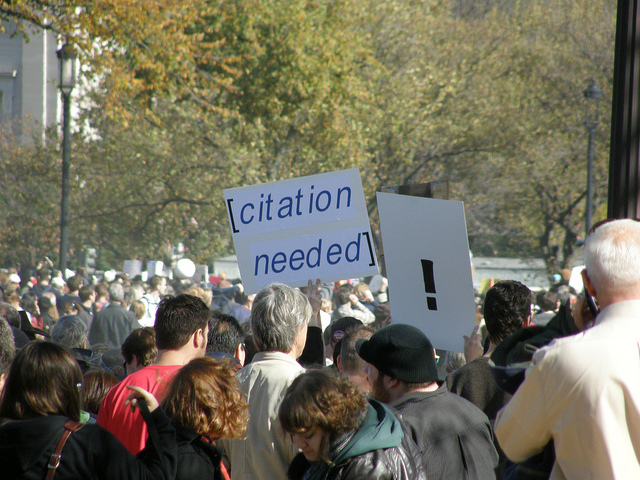If you’re doing an essay, it’s very likely you’re going to be citing quotations from works by other authors. Sometimes these works will be from conventional sources, such as books and journals. At other times, it may be necessary to use more contemporary sources such as websites, blogs, online conferences, PowerPoint presentations, etc. Whatever the sources of your information, it is very important to use correct procedures when using citations.
There are actually two parts of this to consider: in-text citations and references. But before we get to that, it should be pointed out that there are many different style guides, and different places have varying preferences. The two most common, however, are APA (American Psychological Association) and MLA (Modern Language Association). Of these two, APA seems the more commonly used, although MLA is prevalent at many universities. For the purpose of this short discussion, we’ll look at APA.
One of the most common citations you make will look something like this:
According to Smith (2003), “Adhering to all APA guidelines when writing can be somewhat tedious.” (p. 199).
At the end of your paper, you’d have a References Cited page, and on that page you would have the necessary information about the work you’re citing from:
Smith, M. A. (2003). Why citing sources is so time-consuming. Using Time Wisely Journal, 85, 110-115.
The main problem you’ll find when writing essays that use quotations from other authors is this: it can really take awhile. And you have to follow different citation procedures, depending on which type of media source you’re using.
Because of this, the complete rules are impossible to remember. That’s why it can be a good idea to invest in a style manual, which will let you know just what you need to do. There is another option, however. To avoid the tedious, time-consuming mess of confirming your references, let a pro from an editing company like Papercheck handle it for you.
